Aragonite
A truly interesting brown mineral, especially in its ‘sputnik’ form. The unusual shape and pattern of the crystals makes it an excellent display object.
Aragonite also occurs in a banded brown and yellow colour which is often carved or cut.
Showing all 10 results
-
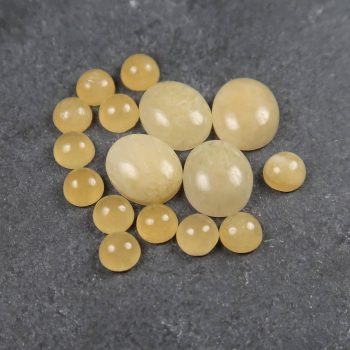
Aragonite Cabochons
Price range: £3.50 through £6.50 -
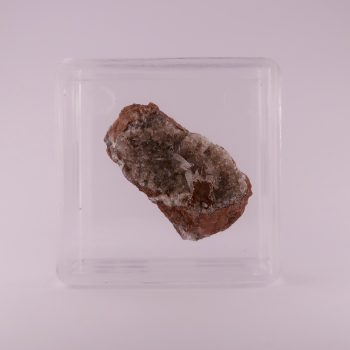
Aragonite crystal specimens
£7.50 -
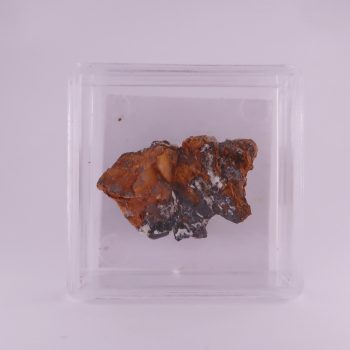
Aragonite from Brandberg, Austria
£10.00 -

Aragonite from Carrock Mine, Cumbria
£5.00 -
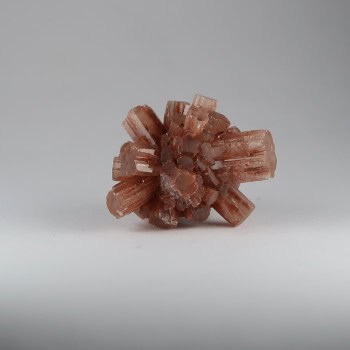
Aragonite from Minglanilla, Spain
Price range: £5.00 through £8.00 -
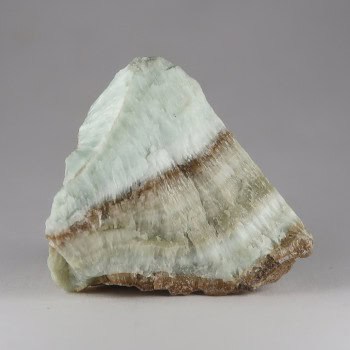
Aragonite from Profunda Mine, Spain
Price range: £3.00 through £5.00 -
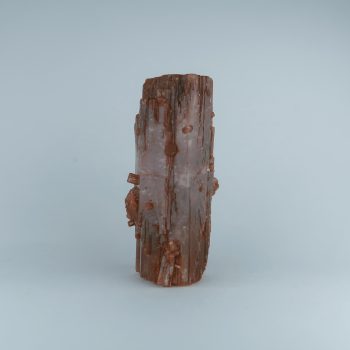
Aragonite from Terzaga ravine, Spain
£7.50 -
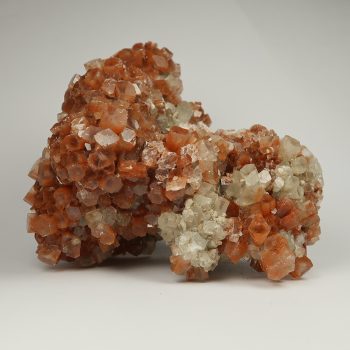
Aragonite Sputnik Clusters
Price range: £2.00 through £6.00 -
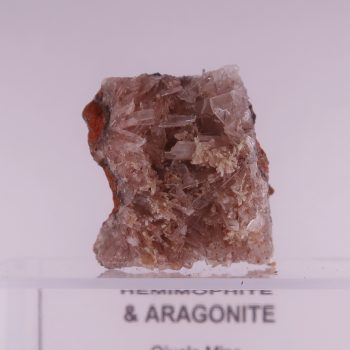
Hemimorphite and Aragonite from Ojuela Mine, Mexico
£15.00 -
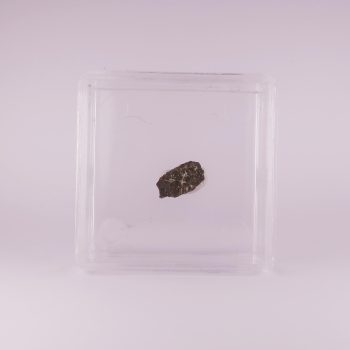
Perovskite and Aragonite from Löhley, Germany
£10.00
Appearance, Uses and History
Amongst the most common occurrences of Aragonite is as a constituent of shells – nacre is comprised of Aragonite.
The iridescent surface of mother of pearl and iridescent Ammonites from Madagascar is, in fact, a thin layer of Aragonite secreted by molluscs. This means Aragonite can be formed by both biological and physical processes.
Aragonite is a beloved mineral specimen for collectors, due to the varied colours and crystal formations it can form in. One of the most popular is the ‘sputnik’, a twinned, radiating form which was named after the Russian satellite.
Aragonite is too soft for most jewellery usage, although it is sometimes sold as beads or cabochons. Any jewellery designed using this stone should be designed to protect the stone. Pieces are very rarely faceted, although they are quite small and purely collectors specimens.
Locales
Aragonite has a worldwide distribution, with fine crystalline specimens found in Australia, Austria, Belgium, Bulgaria, Chile, China, France, Greece, Hungary, Italy, Madagascar (as iridescent Ammonite layers), Mexico, Morocco, New Zealand, Peru, Portugal, Romania, Russia, Slovakia, South Africa, Spain, the UK, the USA, and Vietnam.
Mineralogy
Hazards and Warnings
Almost all rocks, minerals (and, frankly, almost all other substances on earth) can produce toxic dust when cutting, which can cause serious respiratory conditions including silicosis.
When cutting or polishing rocks, minerals, shells, etc, all work should be done wet to minimise the dust, and a suitable respirator or extraction system should be used.
Translations
Arabic:
- أراجونيت
Hindi:
- एंरेगोनाइट
Portuguese:
Bengali:
- আরাগোনাইট
Indonesian:
- aragonit
Punjabi:
English:
Italian:
Russian:
- арагонит
French:
Japanese:
- アラゴナイト
Spanish:
- aragonito
German:
- Aragonit
Korean:
- 아라고 나이트
Thai:
Gujurati:
Mandarin and Traditional Chinese:
- 霰石
Urdu:
